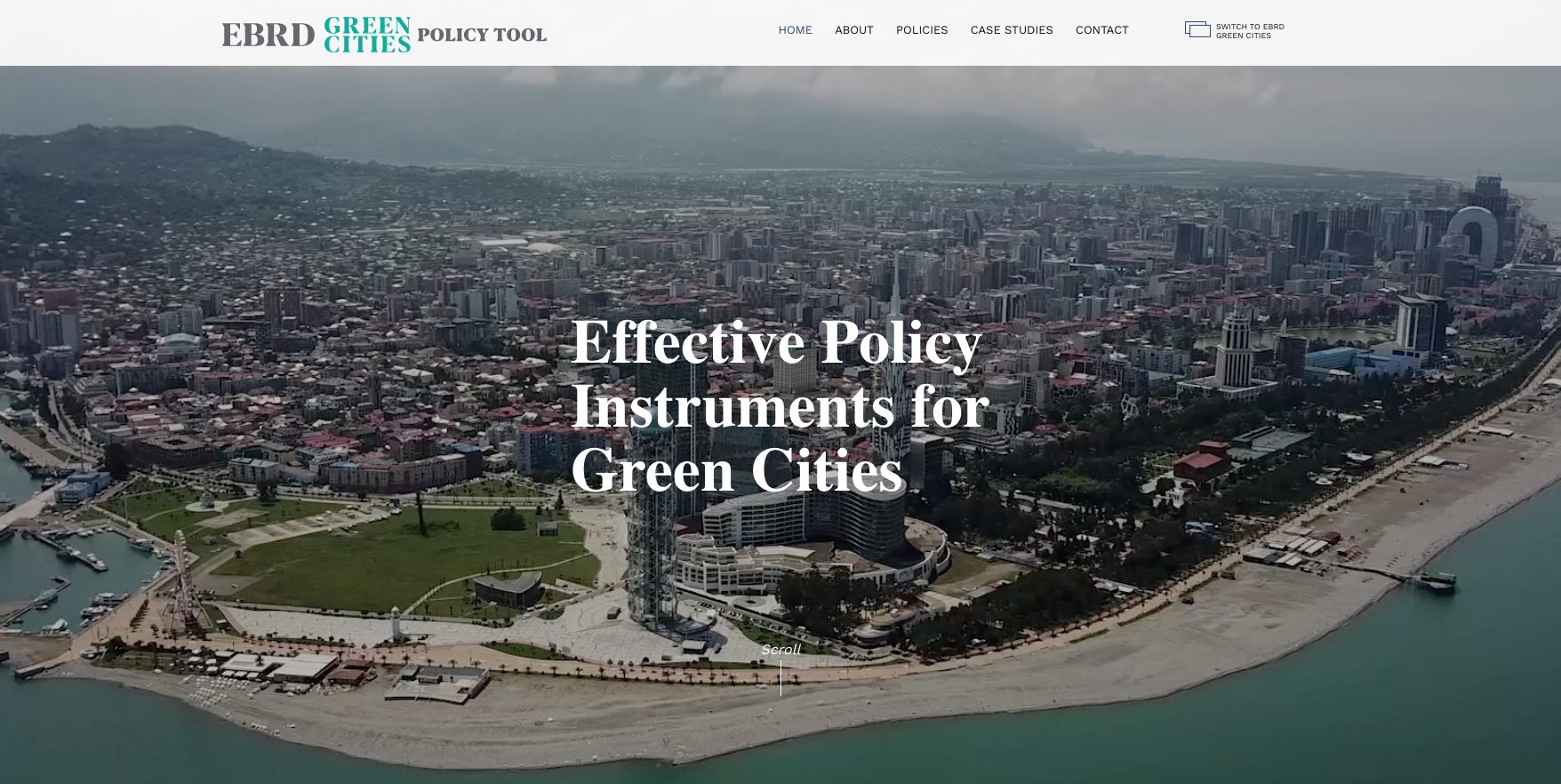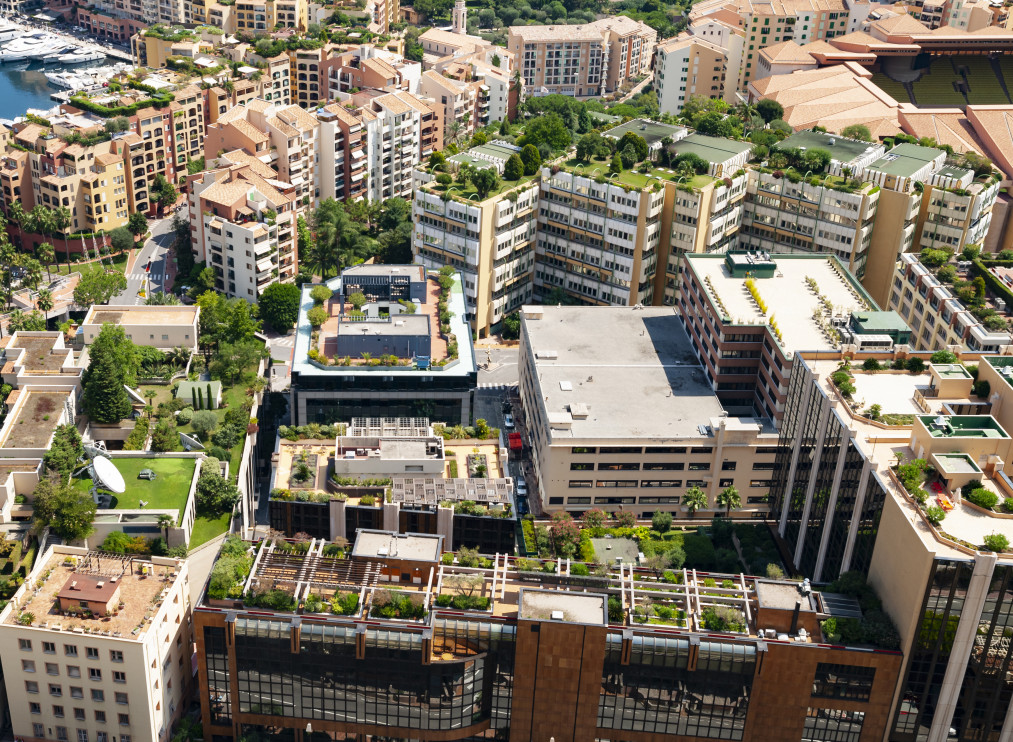Policies to make your city greener

The EBRD has launched a new website and published a new report which provide easy access to a library of over 35 policy instruments that promote sustainable urban development. Our interactive tool further illustrates these measures through practical examples from more than 50 case studies across the world. Together with partners from academia and industry, the EBRD has developed these knowledge products to assist decision-makers in addressing urban challenges through evidence-based policies.
Hosting more than half of the world’s population, cities are powerhouses of economic growth, generating more than 80 per cent of global GDP. At the same time, cities also account for about 70 per cent of energy use and 60 per cent of greenhouse gas emissions.
Given the transformative power of cities – for better or for worse – sustainable urban development has moved to the centre of the global development agenda. This is prominently reflected in Goal 11 of the United Nations Sustainable development Goals (SDGs) which seeks to “make cities and human settlements inclusive, safe, resilient and sustainable” by 2030.

In response to these challenges, in 2016 the EBRD, a climate finance leader, launched EBRD Green Cities. This flagship urban sustainability programme helps cities identify and address environmental challenges in a holistic, evidence-based and inclusive manner. Today, EBRD Green Cities is one of the largest investment programmes within the Bank. It has mobilised more than €2.5 billion for investments, capacity building and policy support – now covering almost 50 cities in more than 20 countries.
Experience has shown that investments in sustainable urban development are not sufficient by themselves, but need to be complemented by policy initiatives that can strengthen and support those capital expenditures and further build a green identity and long lasting buy-in among the residents. However, identifying the optimal mix of investments and related policy instruments is challenging, as it involves a complex assessment of issues such as sequencing, synergies, coordination challenges, necessary conditions and a wide range of costs and benefits for different stakeholders.
With this in mind, the EBRD’s new Website and Policy Report feature more than 35 green urban policy instruments and case studies from around the world, intended to serve as a source of knowledge, guidance and inspiration for a wide range of urban stakeholders working on a more sustainable future of cities. In addition, the report and website can be used as a benchmark for city authorities or consultants during an initial analysis of policy shortcomings in a given city.

The policy instruments are structured around seven policy areas; five sector-specific areas - urban transport, energy and buildings, land planning, water and solid waste; and two cross-sectoral policy areas - governance and financing. Within each policy area, five to ten key policy instruments are presented in terms of their resource implications, benefits, implementation obstacles and solutions. All policy instruments are further illustrated through detailed case studies.
Our aim is not to cover high-level policies or visionary plans that are more suitable for central governments. Rather, the focus is on practical and operational policy instruments that municipal authorities can implement within a five-year time horizon, and where a material impact can be generated within five to 10 years.
While the policy report and website have been produced in the context of EBRD Green Cities, these knowledge products are also relevant for any city pursuing a more sustainable future.
By Kjetil Tvedt